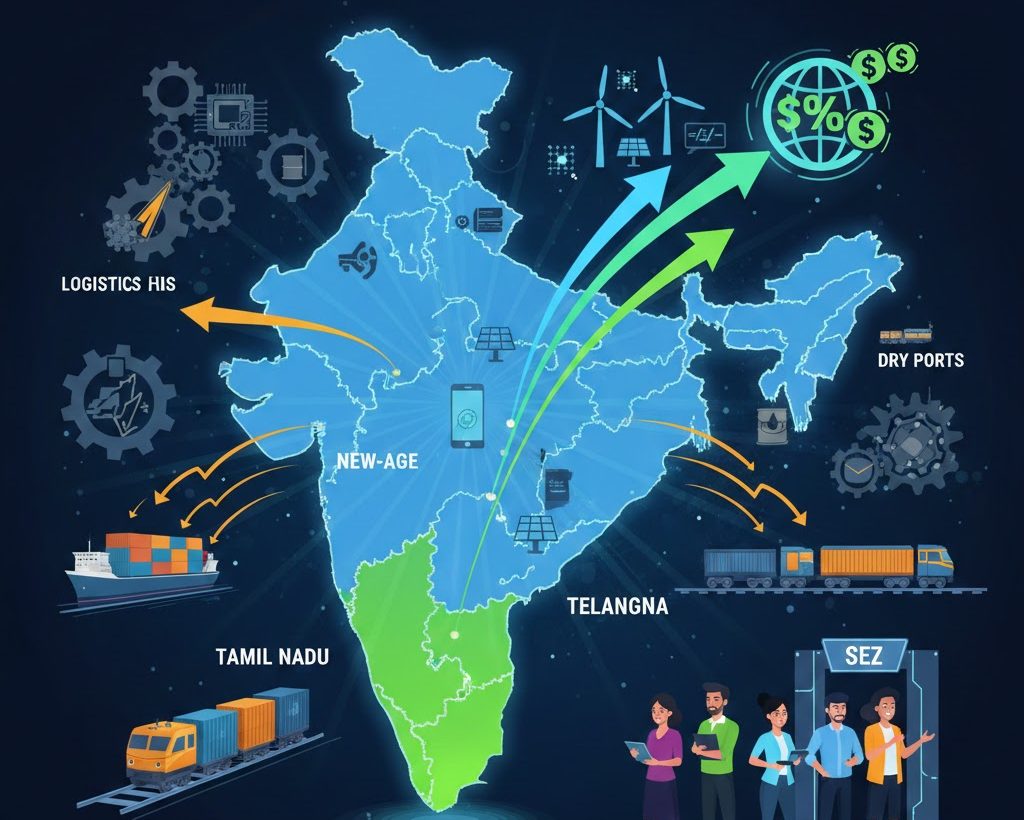Font size:
Print
Taliban and Chinese Restart Copper Project in Afghanistan
Context:
- After 16 years of delays due to war, China and Afghanistan recently held a groundbreaking ceremony for the Mes Aynak Copper Mine, the world’s second-largest copper deposit.
- State-owned China Metallurgical Group Corporation (MCC) began constructing a 25 km (15.5 mile) road to the site in Logar province, central Afghanistan.

Significance of Mes Aynak mining project :
- Aynak Copper Deposit: Afghanistan’s largest copper deposit, with 240 million tons of resources grading 2.3% copper, classified as a “giant” deposit by a 2020 International Geology Review study.
- Revenue Potential: The Taliban government estimates Aynak could produce 2.5 million tons of copper annually, generating $300-$400 million in revenue.
- Economic Context: Afghanistan’s economy contracted by 26% in the two years leading up to April 2024, according to World Bank figures.
- Strengthening China-Afghanistan Relations: Although China has not formally recognised the Taliban, it appointed a new ambassador to Afghanistan in September 2023. Four months later, Bilal Karimi, a former Taliban spokesman, became Afghanistan’s envoy to Beijing.
- Economic Impact: The Aynak mining deal is expected to create 10,000 jobs and generate $1.2 billion in annual output, representing about half of Afghanistan’s GDP at the time.
- Strategic Importance: This project is a key part of China’s efforts to strengthen economic ties with Afghanistan and increase its regional influence, especially in light of the Western withdrawal.
Challenges of implementing Mining projects in Afghanistan:
Security Risks
- Instability and Violence: Threats from militant groups like ISIS and attacks on foreign workers pose serious risks to investments in Afghanistan.
- Taliban Governance: Uncertainty around the Taliban’s ability to maintain law and order raises concerns for foreign investors.
- Pakistan’s military stated on Tuesday that the March 2024 suicide bombing in Khyber Pakhtunkhwa, which killed five Chinese engineers, was planned in Afghanistan, with the bomber being an Afghan national.
Political Risks
- International Relations: Engaging with the Taliban could lead to diplomatic isolation and strain relations with Western nations.
- Lack of Recognition: The unrecognised Taliban government complicates formal agreements and securing international support.
Economic Risks
- Investment Viability: Afghanistan’s economic crisis, corruption, and lack of infrastructure undermine the potential returns on investment.
- Lack of infrastructure like electricity and water in the remote mining area, as well as uncertainty over the investment environment under Taliban rule, present significant obstacles.
- Logistical Challenges: Transport routes through hostile territories, such as Pakistan, complicate mineral transportation to India.
Social and Environmental Risks
- Community Displacement: Mining operations could displace local communities, leading to social unrest and resistance.
- Environmental and Cultural Concerns: A Nikkei report noted concerns that the absence of independent supervision may result in widespread pollution and the destruction of historical ruins at the Mes Aynak site.
- Mes Aynak houses a 3rd-century BCE Buddhist settlement with over 400 Buddha statues, stupas, monasteries, and artefacts.
- Archaeologists warn that mining could irreparably damage this significant cultural heritage.
In the book Comrades and the Mullahs, Ananth Krishnan and Stanly Johny explore Beijing’s interests and foreign policy drivers following the U.S. withdrawal from Afghanistan. They analyse the internal dynamics propelling China’s westward expansion, particularly through its Belt and Road Initiative, and how this new Silk Road project is shaping China-Afghanistan relations.
- They look at how Afghanistan has emerged as a key point on the corridor heading west from Xinjiang, and discuss the Xinjiang factor, drawing on their travels to China’s western frontiers, as well as the internal dynamics that are pushing Beijing’s westward march.
- Impact on India: The book addresses the implications of China’s engagement with the Taliban for India, noting the heightened tension between Islamabad and Kabul due to the ‘all-weather’ alliance between China and Pakistan. This dynamic has significant consequences for India, particularly in relation to Kashmir.



